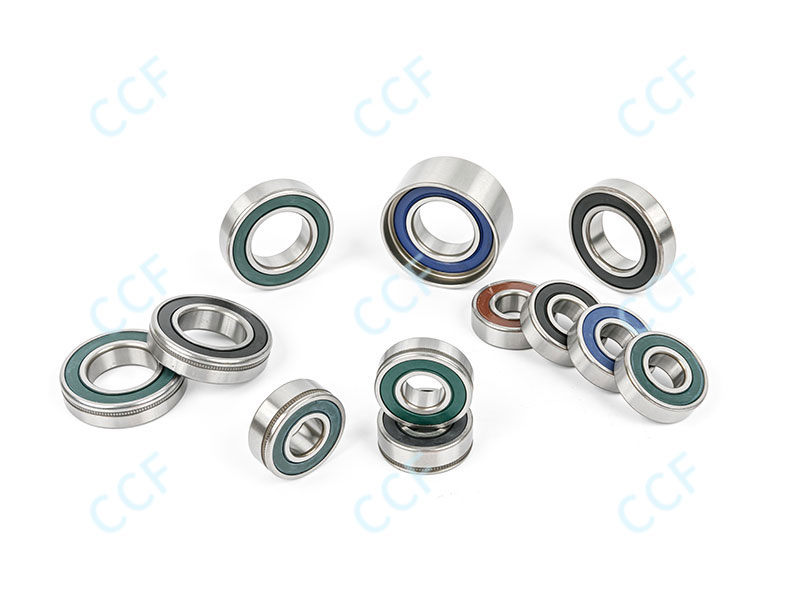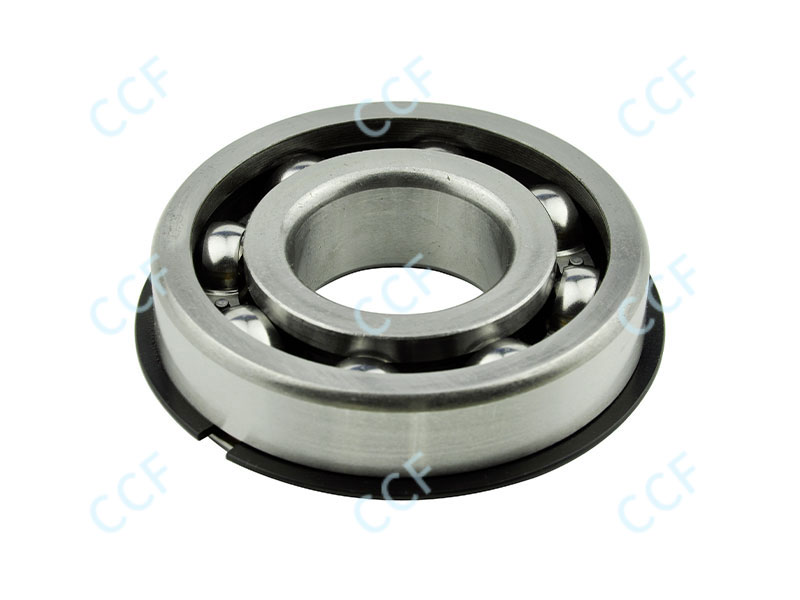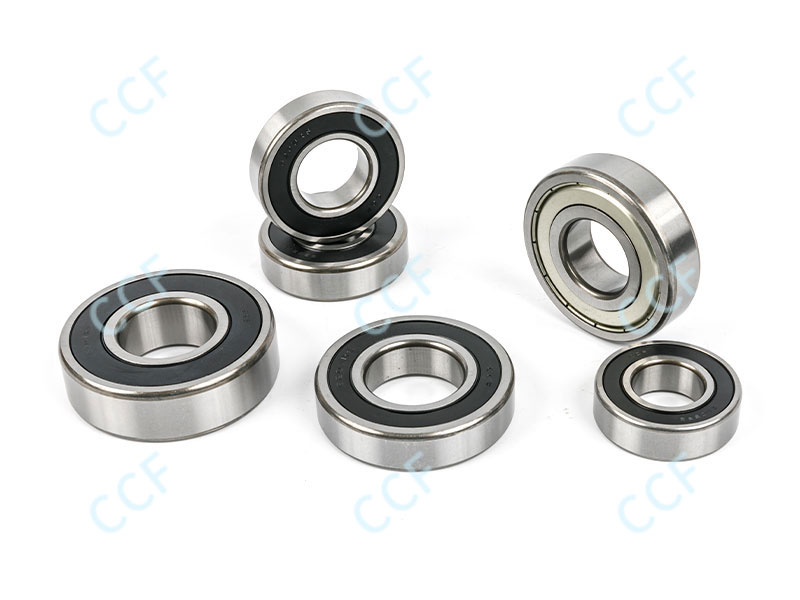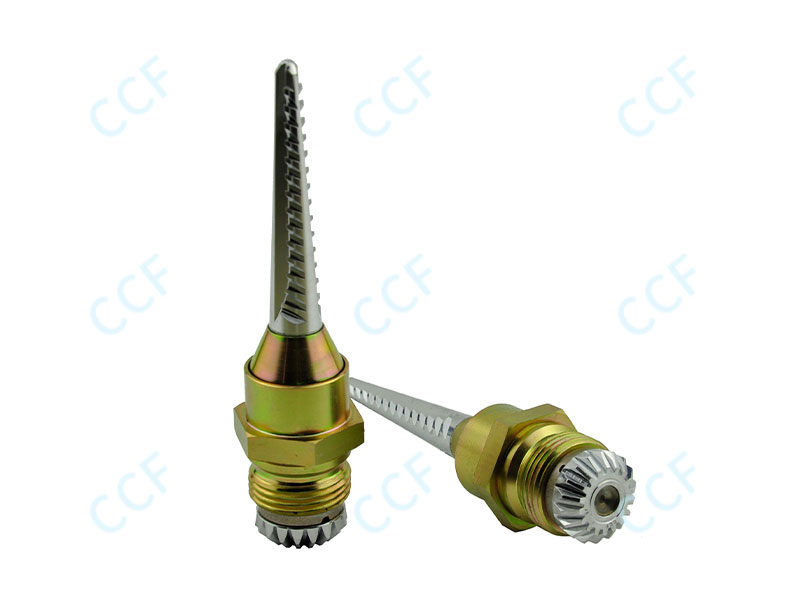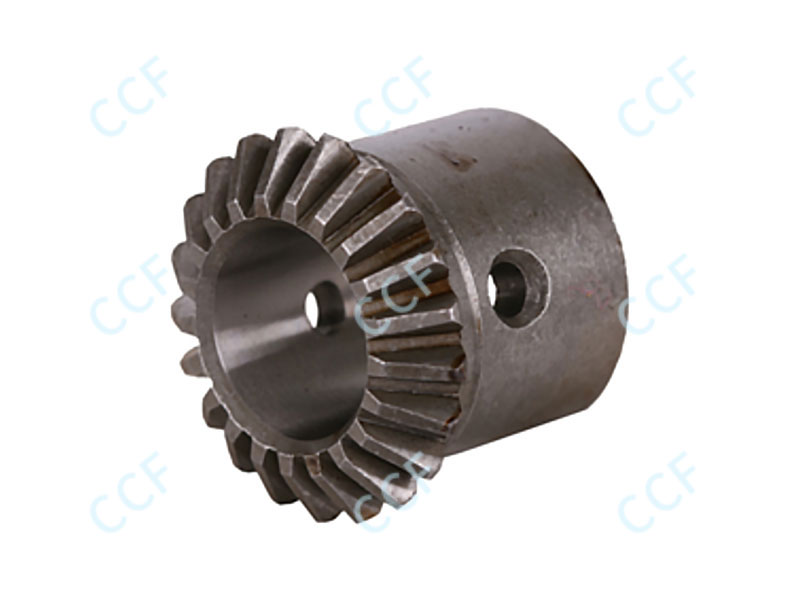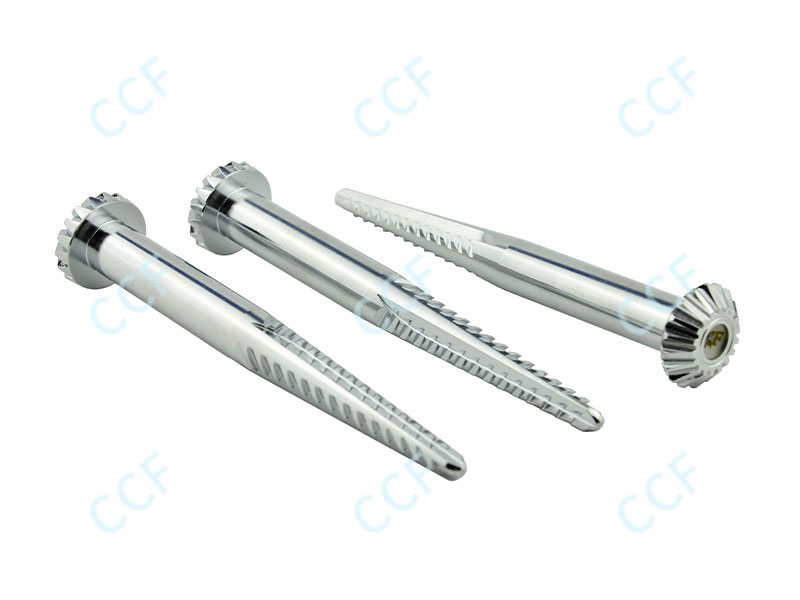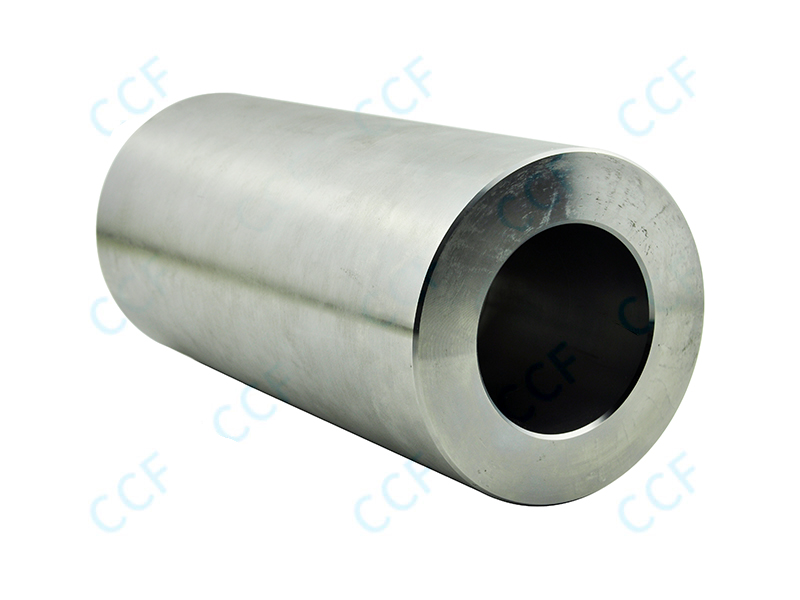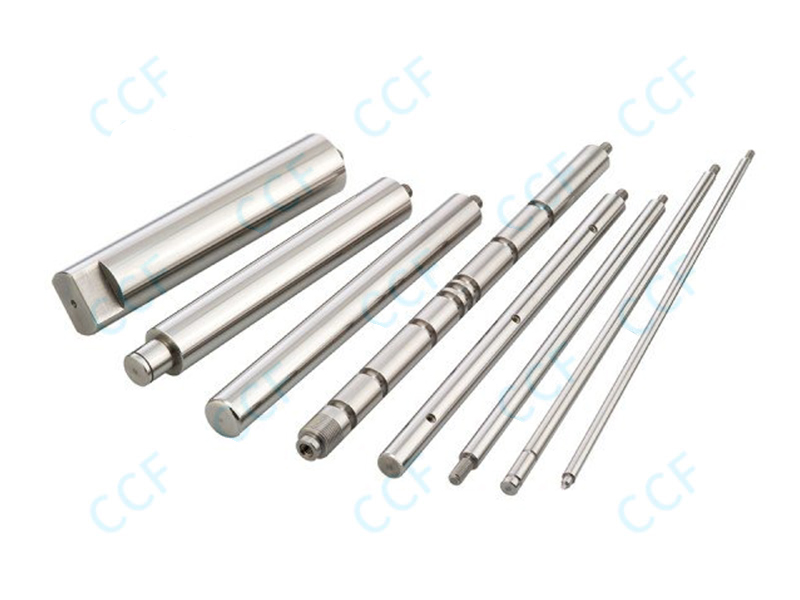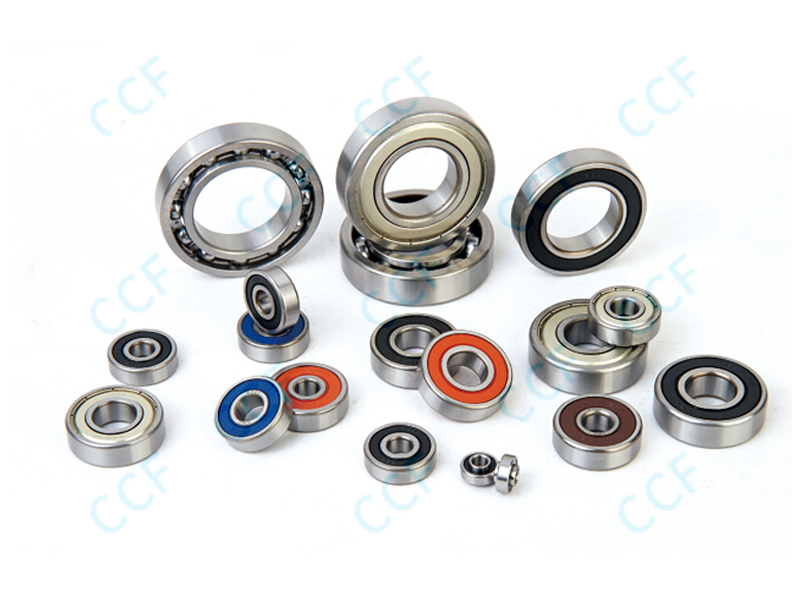Industrial motor bearings are widely used in various high-speed equipment, playing a key role in bearing and guiding. With the continuous increase in equipment speed, higher requirements are placed on the lubrication durability and friction control ability of bearings under high-speed operation. In order to maintain a stable operating state under such working conditions, it is necessary not only to start with the selection of lubricating materials, but also to coordinate in terms of structural design, sealing protection, and operation and maintenance.
The selection of lubricant is the core factor affecting lubrication performance and durability. Under high-speed conditions, the temperature rise inside the bearing is obvious. Traditional greases are prone to deterioration and oxidation at high temperatures, resulting in a decrease in lubrication effect and even dry friction. Therefore, high-speed bearings often need to use special high-temperature greases or synthetic lubricants. These lubricating media have strong thermal stability, low volatility and good shear resistance, and can maintain the integrity of the oil film during long-term operation. In addition, some high-speed bearings use oil-gas lubrication or oil mist lubrication systems to more accurately control the supply of lubricants, reduce friction heating and lubricant waste.
The internal structural design of industrial motor bearings is also an important means to improve lubrication durability and reduce friction loss. During high-speed operation, the contact form between the rolling element and the raceway, the structure and material of the cage will directly affect the running stability of the bearing. Some high-speed bearings use a raceway design with a small contact angle to reduce the centrifugal force of the rolling element when rotating at high speed, thereby reducing friction and heat. At the same time, cages made of high-strength and low-friction materials, such as engineering plastics or ceramic reinforced materials, can effectively reduce internal friction contact and improve the smoothness and life of the bearing operation.
The design of the sealing structure should not be ignored. High-speed operation is often accompanied by a large amount of air turbulence, and the bearing is susceptible to the invasion of external dust, water vapor or corrosive gas. If the seal is poor, the lubricant will be contaminated or lost, resulting in lubrication failure. Therefore, high-speed bearings generally use non-contact labyrinth seals or low-friction contact seal structures to ensure the sealing effect while controlling the additional resistance introduced by the sealing structure.
In order to ensure the continuity of lubrication of the bearing throughout its entire service life, enterprises also need to implement lubrication management through reasonable maintenance strategies. Some modern equipment is equipped with intelligent monitoring systems that can monitor the temperature, vibration, lubrication status and other parameters of the bearing in real time. Once insufficient lubrication or abnormal friction occurs, the system can automatically issue an alarm to prompt maintenance personnel to intervene in time to avoid sudden equipment shutdown.
Industrial motor bearings must achieve long-term lubrication and stable control of friction performance under high-speed operation. This is a systematic project involving material science, mechanical design, thermal management and maintenance technology. Only by comprehensively using high-performance lubricants, optimized structural design, reliable sealing solutions and scientific operation management can bearings maintain long-term and efficient operation under high load and high speed conditions.
